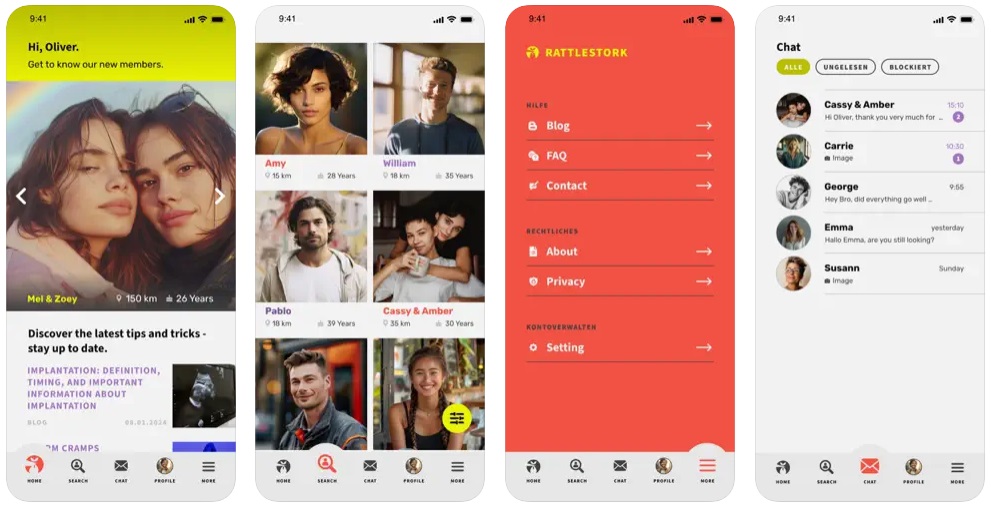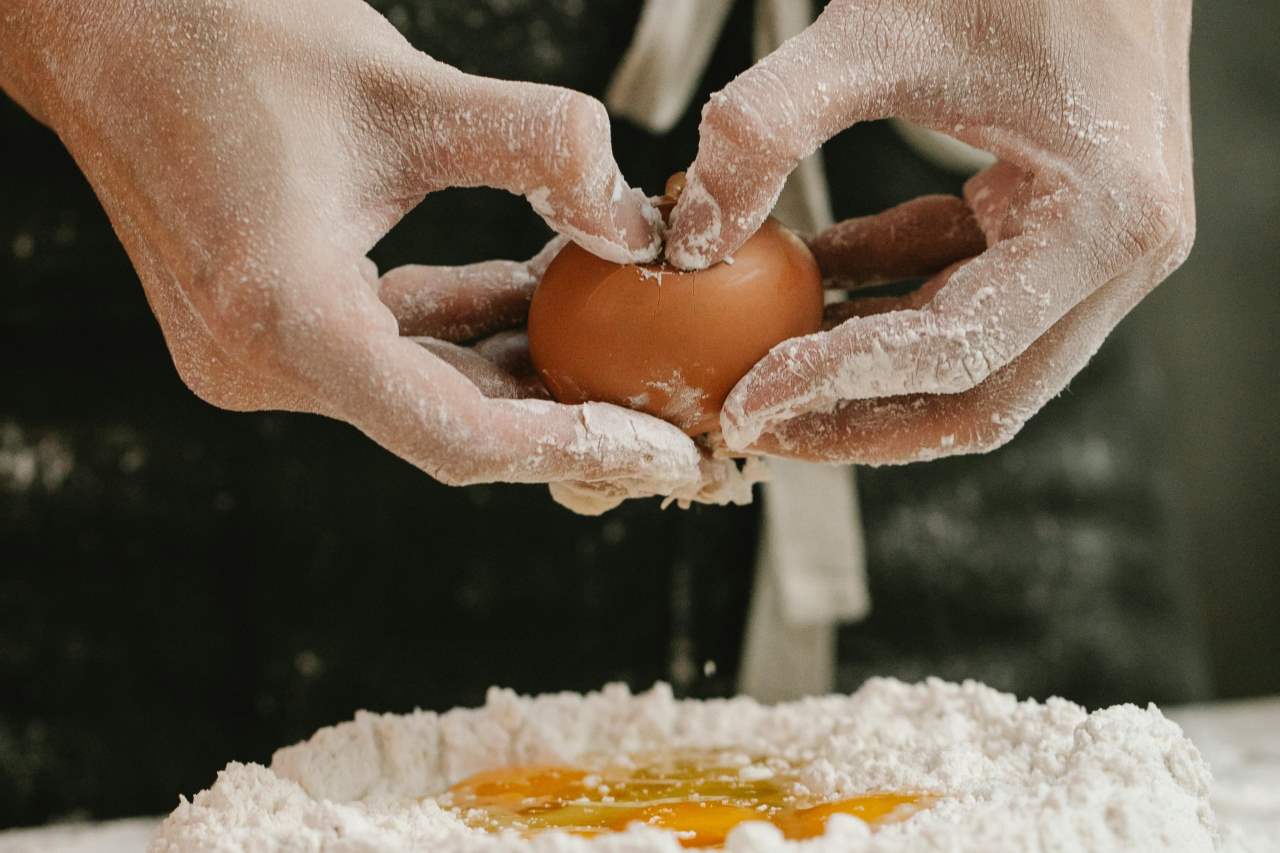Egg donation is, for some, the most realistic route to parenthood. In India it is legal and regulated under the Assisted Reproductive Technology (Regulation) Act, 2021 and the ART Rules, 2022. This guide explains the process, Indian law, health & risks, success rates, costs, documentation, ethics and the current policy debate. We also point to safe, legal alternatives and how RattleStork helps in other contexts.
How it works & basics
Donors are hormonally stimulated; mature oocytes are retrieved and fertilised with sperm in the lab (IVF/ICSI). Depending on the clinic, 1–2 embryos are transferred and surplus embryos may be cryopreserved. The recipient carries the pregnancy; genetically, the child is related to the donor.
Indian legal framework
Egg donation is regulated by the ART Act, 2021 and ART Rules, 2022. Key points include: donors must be 23–35 years; an oocyte donor may donate only once in her lifetime and no more than 7 oocytes may be retrieved; an ART bank must not supply a single donor’s gametes to more than one commissioning couple; clinics/banks must screen donors, maintain traceability and report to the National Registry. Commercial sale/trading is prohibited; practices operate on a regulated, non-commercial basis with mandated documentation and insurance.
Note: Surrogacy is governed by the separate Surrogacy (Regulation) Act, 2021. Use of donor gametes in surrogacy is restricted; at least one gamete from the intending couple is generally required unless a certified medical necessity applies. This does not affect standard egg-donation IVF where the recipient herself carries the pregnancy.
Legal parentage
Parentage follows Indian family/civil law and clinic consents. The birth mother is ordinarily a legal parent; intended parentage for a spouse/partner depends on correct consent documentation and applicable state law. Obtain local legal advice early for documentation and any court requirements.
Health & risks
Donors: common effects from stimulation are usually mild; ovarian hyperstimulation syndrome (OHSS) is uncommon and mitigated by modern protocols (e.g., GnRH trigger, freeze-all) and close monitoring.
Recipients: after donor-egg conception, the risk of hypertensive disorders of pregnancy (especially pre-eclampsia) can be higher; standard care includes risk assessment, possible aspirin prophylaxis, and close antenatal follow-up.
Donor screening & matching
Registered ART banks/clinics record identity and medical details, screen for infections (HIV-1/2, HBV, HCV, syphilis, chlamydia), and often run genetic panels. Matching may be phenotypic, blood-group-based or preference-led within ethical/clinical policy. Records are maintained for traceability and periodic reporting to the National Registry as per the Rules.
Success rates
Internationally, clinical pregnancy rates per transfer with donor eggs often fall around 45–55%, varying by donor age/health, lab quality, embryo quality, number of transfers and uterine factors. Always compare centre-specific, audited outcomes and definitions.
Country comparison 2025 – rules, packages, prices
Orientation only; packages, legal routes and wait times vary by clinic.
| Country | Donation model | Law/transparency | Typical package | Indicative costs* (excl. travel) | Wait | Note |
|---|---|---|---|---|---|---|
| Spain | mostly anonymous | registry, SEC | IVF/ICSI + 1–2 transfers | €7,000–11,000 | short | large donor pool |
| Czechia | mostly anonymous | clinic-dependent | IVF/ICSI + 1 transfer | €6,000–9,000 | short | short lead times |
| Greece | mainly anonymous | court/admin rules | IVF/ICSI + cryo | €6,500–10,000 | medium | confirm documents early |
| Portugal | open | state register | IVF/ICSI + 1–2 transfers | €7,000–11,000 | medium | 18+ access to origins |
| France | open | no anonymity | IVF/ICSI + register | €7,000–11,000 | medium | high transparency |
| Bulgaria | often anonymous | donor caps | IVF/ICSI | €5,500–8,500 | short | check local rules |
| Georgia | liberal | rules evolving | IVF/ICSI + contracts | €5,000–8,000 | short | watch legal certainty |
| Ukraine | liberal | volatile context | IVF/ICSI | €5,000–8,000 | medium | political risk |
| Israel | regulated | approval required | IVF/ICSI + commission | €9,000–12,000 | medium | strict criteria |
| USA | open | state-by-state | IVF/ICSI + extensive tests | ≥ €15,000 | short | highest totals |
| Canada | altruistic | AHRA + Health Canada | IVF/ICSI + expenses | €10,000–14,000 | medium | receipts required |
| Japan | often anonymous | limited access rights | IVF/ICSI | €8,000–12,000 | medium | practice varies |
*Packages typically exclude medicines, travel/accommodation, optional genetics (e.g., PGT-A), cryo fees and subsequent transfers. In the EU, the Single European Code applies to traceability of tissues/cells.
Budgeting the total realistically
Across Europe, a total budget of roughly €12,000–20,000 is common. Add-ons: medicines, travel/stay, lab extras (assisted hatching, time-lapse), PGT-A (optional), cryostorage, subsequent transfers, and certified translations. North American totals are often higher. Cumulative chances rise across multiple transfers.
Documents & returning home after treatment abroad
Key items: complete clinical records (stimulation, lab, embryology), consents, donor information per destination law (open/anonymous; registers), transfer reports, relevant bloods/vaccination status, and certified translations. Check destination and Indian requirements in advance; clear, verifiable records help authorities and healthcare providers handle follow-up smoothly.
Ethics & children’s rights
Core principles: informed decisions without coercion; protection of donors (medical/social); transparency about genetic origins; long-term documentation. Many countries have moved from anonymity to open models with adulthood access to origin information; India emphasises regulated practice, confidentiality and robust records.
Reform & policy debate (2025)
Implementation of the ART and Surrogacy Acts continues to evolve (registration, enforcement, reimbursement documentation, and cross-border issues). Periodic state actions and court cases highlight the importance of verifying clinic registration and maintaining complete paperwork.
Legal alternatives in India
Sperm donation: permitted within the ART framework via registered clinics/banks with screening, documentation and confidentiality.
Embryo donation: permitted within the ART framework; availability is limited and requires careful clinical/legal handling.
Fertility preservation (egg freezing): permitted; donation to third parties must comply with the ART Act/Rules (non-commercial; strict documentation/traceability).
Important note & RattleStork alternative
RattleStork does not offer or broker egg donation. As a safe, legal alternative, we help you start with sperm donation — with verified profiles, practical guides and signposting to accredited services. The focus remains clinical safety, documentation and the child’s rights.

Clinic checklist (short & practical)
- Legality & compliance: clinic/bank registered under ART Act; consent pathways; donor-use limits (once-in-lifetime; one couple).
- Donor screening: mandated infection tests, genetic panels as indicated, AMH/age, counselling and insurance coverage.
- Laboratory quality: embryology team, auditable outcomes, blastocyst/cryo protocols, traceability systems.
- Safety: OHSS prevention, single-embryo transfer to reduce multiples, pre-eclampsia prevention.
- Contracts & records: signed consents, translations, certified copies, complete dossiers and National Registry reporting.
- Budget & logistics: medicines, travel, follow-on transfers, add-ons; realistic timetable.
When to see a clinician
Before any treatment, arrange personalised risk/medication counselling, review comorbidities, discuss pregnancy risks, consider aspirin prophylaxis where appropriate, plan blood-pressure monitoring, and secure follow-up care in India.
Conclusion
In India, egg donation is legal under the ART Act/Rules with tight limits on donor eligibility and use. Legal certainty, high laboratory standards, careful medical oversight and a realistic multi-transfer budget strongly influence outcomes. Structured planning and complete documentation improve safety and success.
Curated further reading: ART (Regulation) Act, 2021 • ART Rules, 2022 • Surrogacy (Regulation) Act, 2021 • selected NHS/HFEA/CDC/ESHRE outcome resources for international benchmarking.

